Estimated reading time: 6 minutes
As a fruit grower, you’re probably desperate to protect your fruit from extreme weather.
In these days of climate variability, fruit growing is becoming increasingly unpredictable. In the last 20 years, we’ve had the worst drought, the worst flood, and the wettest spring on record.
Related Articles
Providing frost shelter for fruit trees
Learn how to provide frost shelter for your fruit trees in spring to protect the flowers and fruit from damage.
How to buy a good fruit tree
Learn how to select a healthy fruit tree when you’re buying from a nursery, to give your trees the best possible start in life.
Choosing the right fruit tree to plant
Choosing the right fruit trees to plant can make a huge difference to how much food you grow and the value you get from your garden.
Summers can be searingly hot, with temperature records being broken all over Australia. We’ve seen more consecutive days in the high 30s and low 40s than we’ve ever experienced before.
It’s not uncommon to hear of temperatures reaching above 50C!
How do weather extremes affect fruit?
One of the impacts of high temperatures is that you might see more sunburned fruit than usual.
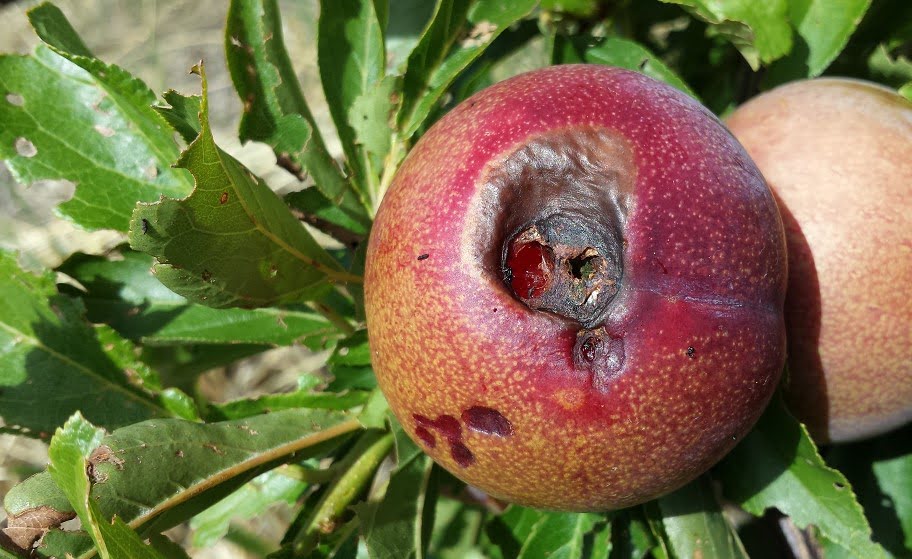
Storms and floods also seem to be becoming more frequent, so there’s a fair chance that at some stage you’ll experience too much rain.
Excessive rain can have a huge impact. In 2011 we had the wettest spring since records began.
That year we had a 95% reduction in the normal apricot crop and at least a 75% reduction in our peach and nectarine crop. Plus, there was severe cracking in the cherries.
Suffice it to say it was a pretty bad year for fruit.
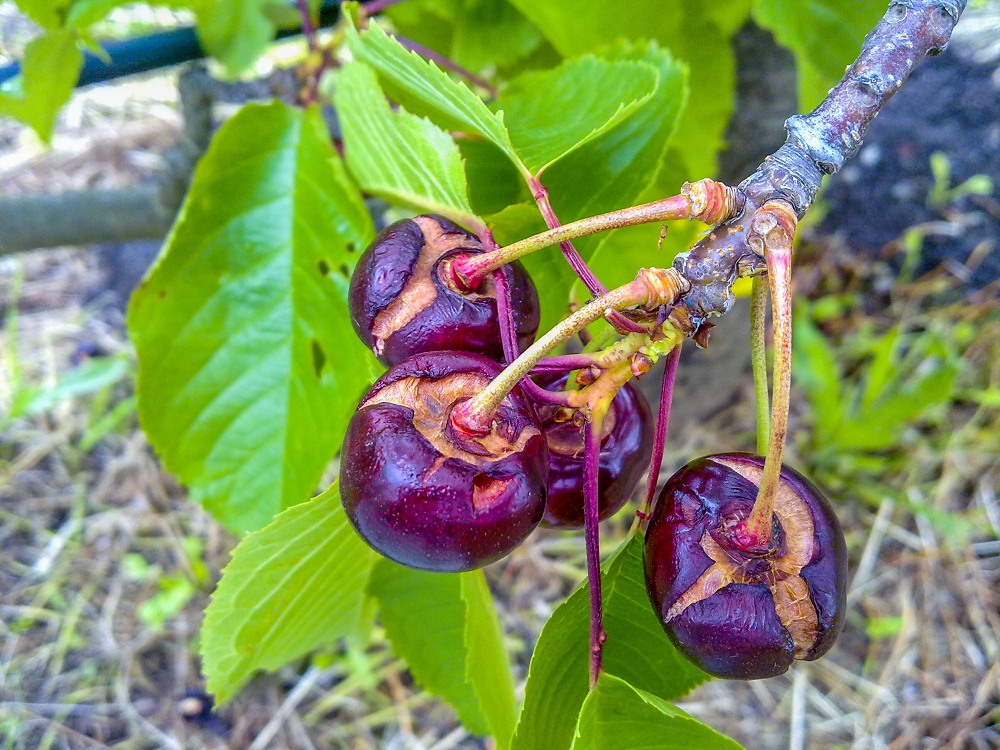
But conditions like that have not traditionally been the norm in our district.
In fact, the little valley where our farm is located is known as a great fruit-growing area. Apples were first grown here during the gold rush to supply the booming population on the goldfields.
One of the things that makes it such a great place to grow fruit is the climate. Regular rainfall, nice cold winters, and good hot summers for ripening.
How to protect yourself against weather extremes
Some places suit fruit growing better than others, with more reliable rainfall, and milder conditions. However, the reality is that all small-scale food growers are subject to the same risks from the environment, no matter where you live.
Weather happens!
We’re already starting to see a lot more storms and “once-in-100-years” events happen regularly, and it’s only predicted to get worse.
So how do you protect yourself against this extreme climate variability?
Should we all just give up trying to grow food at all?
Absolutely not! We reckon that knowing how to grow your own food is only going to get more important as the weather gets wilder.
But you might need to do things a little differently.
We’ve been aware of changes to the weather for a long time. We’ve actively pursued a few strategies here on the farm to protect ourselves from this unpredictability as much as possible. Basically, they all come under the same heading.
And the secret weapon is…biodiversity!
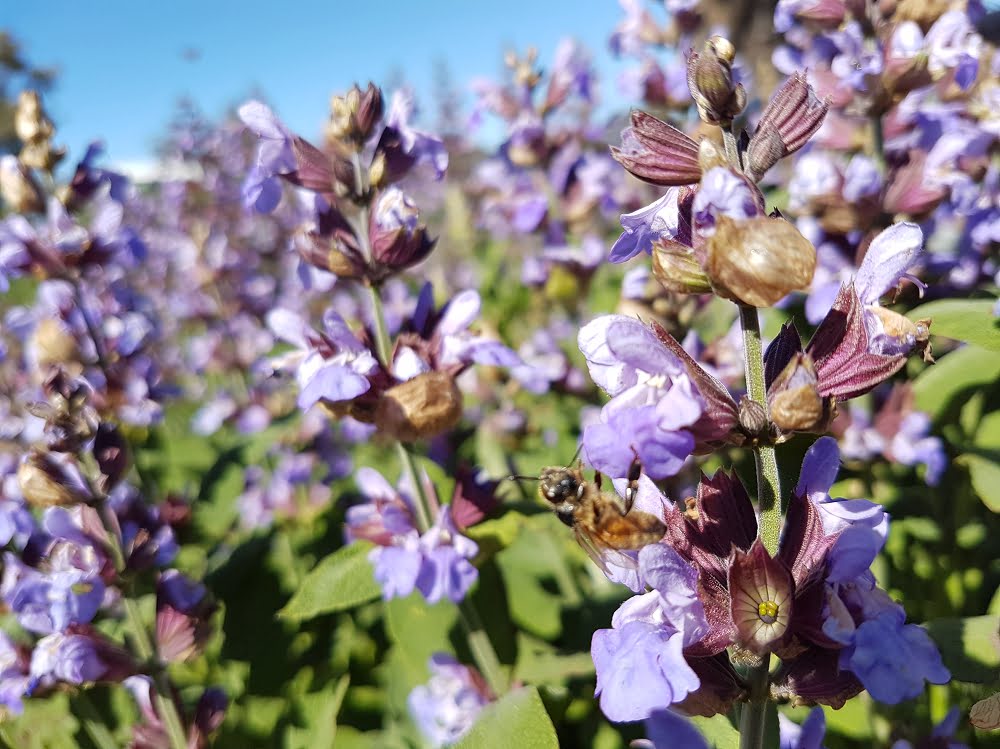
How biodiversity can protect your fruit when extreme weather happens
The main technique is to grow as many different varieties of fruit as possible. Different varieties ripen at different times. That means that when a heatwave (for example) hits, it’s much more likely to damage fruit that is almost ripe than fruit that is still green.
It’s also a great idea to grow different types of fruit, as they all have different vulnerabilities.
Excessive rain is likely to damage stonefruit (particularly cherries), but apples, pears, and even plums can withstand quite a lot of rainfall without suffering damage.
If it’s practical, it’s also a good idea to grow trees in different places around your garden rather than all concentrated in one area. Of course, you have to weigh this up against the practicality of getting water to your trees, netting them, etc.
At our place, we take this to the extreme by growing some varieties in up to three different places on the farm.
Why? Because each one offers a different micro-climate that might just provide the right conditions when weather happens. Many times we’ve lost a variety in one orchard for some reason, but have been able to pick the same variety that’s growing in a different block.
Indirect benefits of biodiversity
Biodiversity can help in one-off weather events, but it also provides benefits in more long-term ways.
For example, having a diversity of plants growing under your fruit trees adds to soil health. A diverse soil food web of microbes under the ground keeps your fruit trees well-fed and healthy and keeps soil diseases under control.
Fruit trees that grow in a diverse polyculture are much more resistant to a range of pests and diseases, and can even be more frost-hardy.
At our place, we welcome and encourage a diversity of insects, birds, and other wildlife. We’ve worked hard to continually improve our biodiversity over many years.
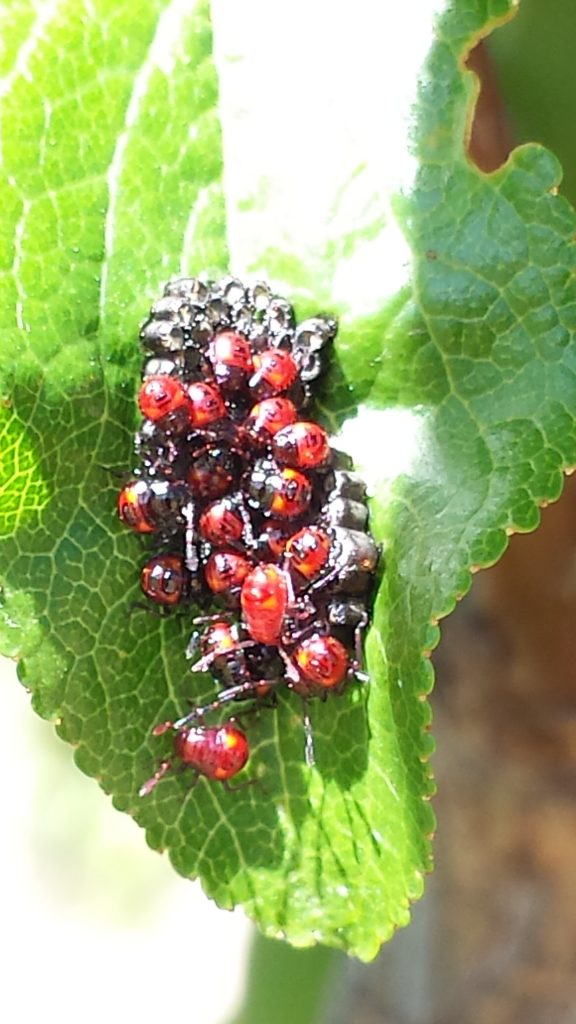
The diversity principle can be applied at every level in your garden, even when it comes to thinking about where your water comes from.
It just makes sense to have multiple water sources for your fruit trees. Then if one becomes unavailable (water restrictions, anyone?) you may find yourself relying on the greywater system or the tanks you had the foresight to install.
Does biodiversity make a difference for home gardeners?
Our experience has been that it clearly works.
Throughout every flood, hailstorm, and heatwave, we’ve always picked a crop of something, even though we’ve frequently had fruit damage (or complete loss of a particular crop).
Of course, we’re very fortunate because we can do things at a scale most home-growers can’t manage. For example, our property is big enough that a hailstorm might not hit all our orchards.
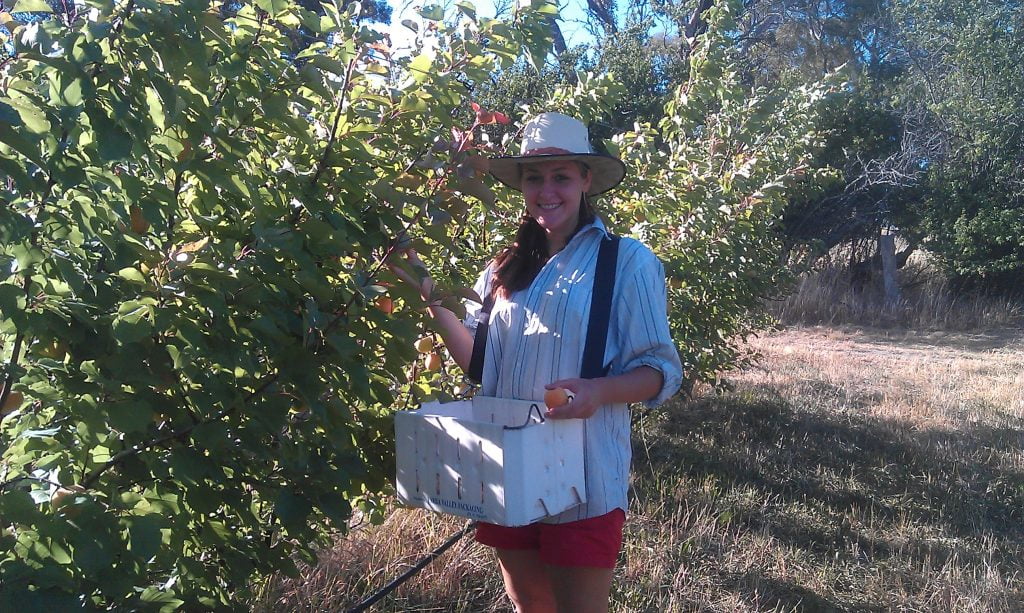
However, no matter what scale you’re growing food on, it still makes sense to practise the same principle.
Pack in as many different types of fruit trees, vegetables, and herbs as you can fit in your garden. Even value your weeds for the diversity they add to your patch!
In particular, try to grow lots of different flowering plants in the garden to create a bee-friendly garden.
This will help to attract the pollinators which are so important in ensuring you get a good harvest every year.
Related Articles
Providing frost shelter for fruit trees
Learn how to provide frost shelter for your fruit trees in spring to protect the flowers and fruit from damage.
How to buy a good fruit tree
Learn how to select a healthy fruit tree when you’re buying from a nursery, to give your trees the best possible start in life.
Choosing the right fruit tree to plant
Choosing the right fruit trees to plant can make a huge difference to how much food you grow and the value you get from your garden.
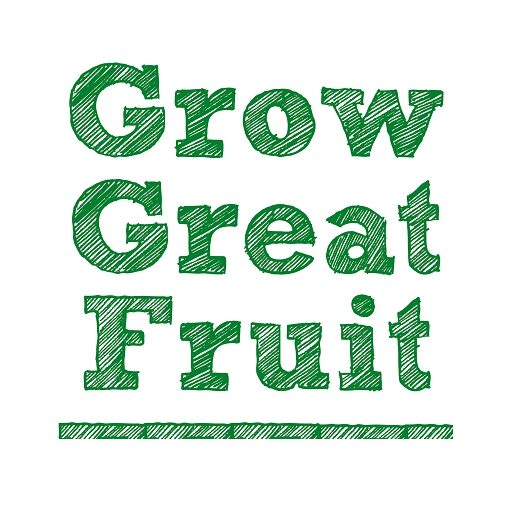
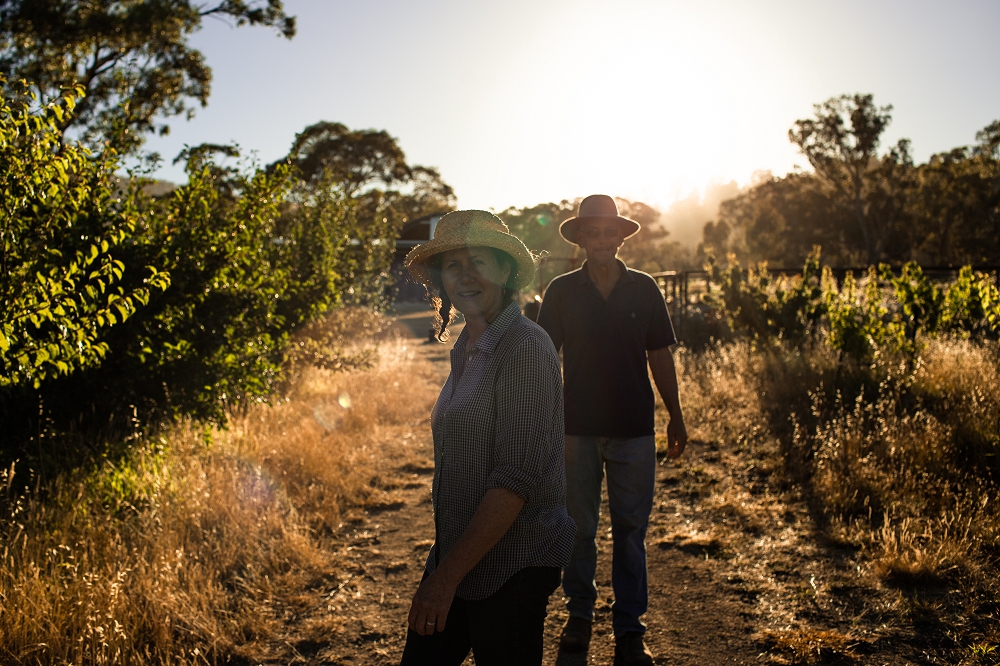
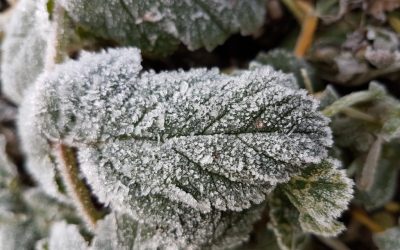
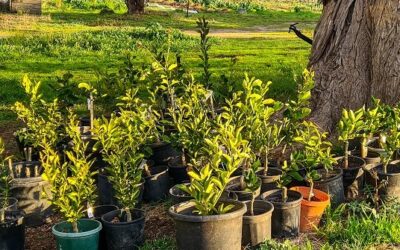
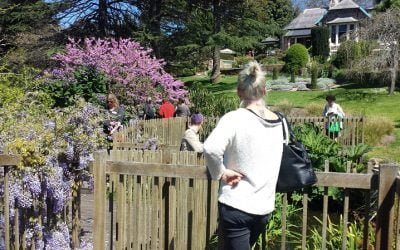
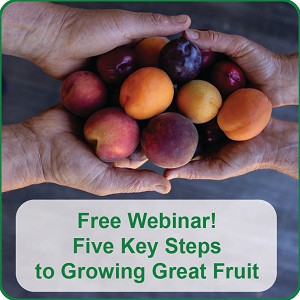
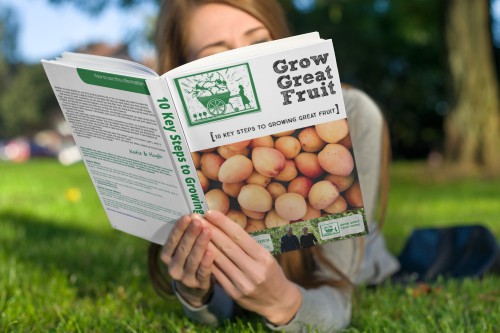
Hi there, I agree wholeheartedly with your ideas and try to follow the same principles, not exactly permaculture but as close as I can.
However I am still bugged by the same problems i.e. brown rot on my nectarine and peaches and some unknown problem with plum trees where the leaves turn brown at the tips, holes appear and then the leaves drop off. I’ve been reduced to using a nasty…Mancozeb but it hasn’t stopped the problem.
I have a fair amount of bees visiting due to the blue and yellow flower varieties so pollination shouldnt be an issue but to lose all fruit crops two years in a row is devastating.
Hi Primrose, sorry to hear about your fruit losses, it’s devastating for sure.
The brown rot is quite manageable with an organic spray called wettable sulphur, which should be used first at flowering time, and then regularly before it rains. Of course you don’t want to spray too many times but if you follow the guideline’s it’s usually very manageable (it can be harder in very wet conditions). You also need to practice good hygiene. Not sure what the plum leaf issue is so that would need a bit more detective work, but should also be perfectly manageable using organic methods – pretty much everything is! In the next few days we’ll be publishing a short course called “Prevent fungal diseases of fruit”, which will have all the answers you need, so keep an eye out for it at http://www.growgreatfruit.com (go to the Online Courses tab). Best of luck next season.
Hi there. I have a couple of acres in South Gippsland growing all sorts of plants – because I love them mainly.
Our winter/spring was very wet so my apple trees which are prone to blight got it really badly. I’ve had to remove all the pink lady apples from my dwarf variety as it also suffers from codlin moth. I did listen in to your last 2 hour program which included advice on the latter so next year I may be able to do better. I had nasturtiums growing under the 2 dwarf apple trees as I’d heard this could help. However I think they retained the moisture and added to the fungal issues. Calendula plants have been mentioned as being useful under fruit trees too. What do You think>
Hi Sue,
You might find this blog specifically on codling moth helps you with more targeted advice! Sounds like a really challenging season and that you’ve been doing all the right things. Thanks, Meg – GGF team.